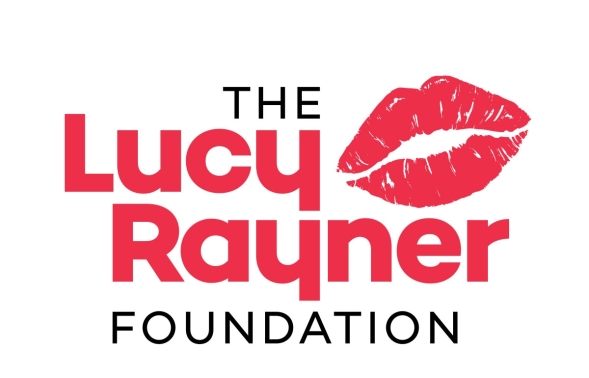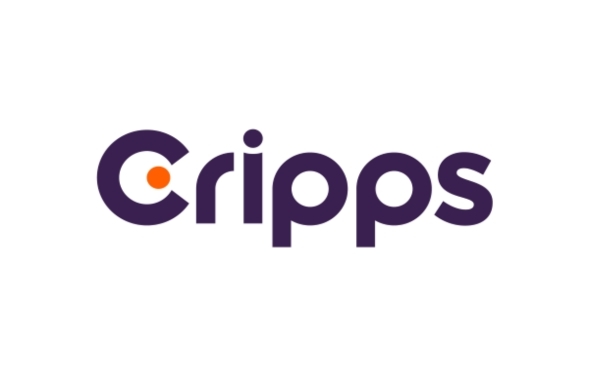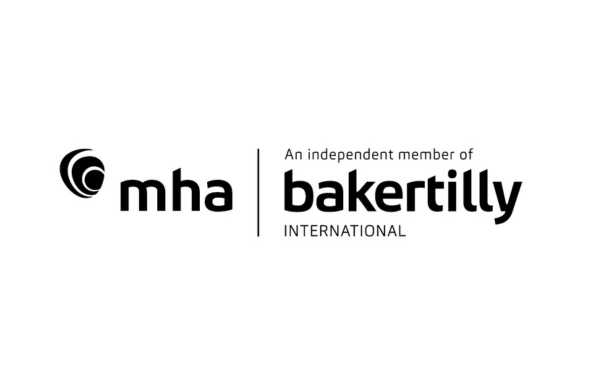What is the 2019 Loan Charge?
Created by the Finance Act 2017, HMRC introduced the 2019 Loan Charge to recover unpaid taxes from individuals who benefitted from "disguised remuneration schemes" created after 6 April 1999. A disguised remuneration scheme is a scheme which rewards employees for work in the form of a loan or other form of credit which is, or is unlikely, ever to be repaid.
Who is affected by the 2019 Loan Charge?
It is estimated that there are approximately 250 different disguised remuneration schemes affected by the Loan Charge. Many schemes involved an employer providing funds to a third party (normally a trust) which then lends those funds to the employee. If the individual was engaged on a "self-employed" basis then the services would be supplied via an offshore intermediary. The offshore intermediary would provide funding to a third party (frequently a trust) from which loans would then be made to the individual. In addition to these types of schemes, HMRC has now successfully attacked Employee Benefit Trusts under which employees could replace their salaries with an interest-free loan that did not attract income tax or national insurance. These schemes were marketed heavily at the start of the millennium but HMRC has always argued that if the loans were never intended to be repaid then they should be treated as income and subject to the usual payroll taxes.
Who needs to pay the 2019 Loan Charge?
The 2019 Loan Charge applies to anybody who entered into a disguised remuneration arrangement, regardless of their income, employment status, or type of job.
If an employer set up a scheme, then any tax liability will initially fall to them to discharge. If the employer fails to pay the tax demanded, then the individual who benefited from the scheme will become liable. Therefore, if the employer has ceased trading, is insolvent or located offshore, HMRC will seek to collect the tax liabilities from the employee.
How many individuals does the 2019 Loan Charge affect?
It is reported that HMRC expect to recover unpaid taxes from at least 50,000 individuals many of whom believed they were taking part in legitimate tax planning arrangements. Many of those individuals are freelancers including commercial pilots, locum nurses, IT workers and management consultants.
Are there any reporting deadlines?
The enable the employer to comply with its statutory obligations the employee who received the loan or credit, and any trust which provided the loan/credit, was required to inform the employer, or former employer, of any outstanding balance by 15th April 2019. If the employer was not informed by the 15thApril deadline, then the employee must inform HMRC as to the reasons (for example, the employer may no longer exist or is not based in the UK), and must then report to HMRC any outstanding disguised remuneration loan before 1st October 2019.
Are there any penalties for failing to report disguised remuneration?
If an employee fails to report any outstanding disguised remuneration loan by 1st October 2019, or the information supplied is incomplete or inaccurate, then he or she may be liable to an initial penalty of £300 with further daily penalties of up to a maximum total of £5,400 for so long as any relevant information is outstanding. There is also a maximum penalty of £3,000 which may be charged for deliberately or carelessly supplying inaccurate information to HMRC.
How is the 2019 Loan Charge calculated?
The loan charge is calculated by adding together all outstanding loans received by an employee and taxing the amount as remuneration received in a one-year period. The charge will apply to disguised remuneration loans outstanding at 5 April 2019.
How is the 2019 Loan Charge paid?
If a loan or credit is still outstanding on or after 5th April 2019, and the employer has not previously accounted for any tax due on the loan, then the outstanding balance is treated as earnings received on that date and income tax and national insurance contributions will be charged in the usual way. The employer should report and pay the loan charge on behalf of the employee. If the employer is not able to deduct the tax from the employee's pay then the employee needs to agree how the employer will be repaid. This must be done before 5th July 2019 otherwise the employee could become liable to further charges.
If the employer cannot pay the loan charge, then HMRC can transfer the charge to the employee. If this happens then the employee may have to pay the loan charge and an additional tax charge.
Is there more information available about the 2019 Loan Charge?
To learn more about the types of loan that fall within the 2019 Loan Charge, information and guidance can be found at: https://www.gov.uk/guidance/report-and-account-for-your-disguised-remuneration-loan-charge
To avoid interest and penalties being charged, anyone who is affected by the Loan Charge should, if they have not already done so, take steps now to report any outstanding loans or credit to HMRC so that they can check the details of the loan arrangement before the 1st October deadline. This can be done on-line at: https://www.tax.service.gov.uk/disguised-remuneration/
It is anticipated that many individuals will be faced with having to pay the 2019 Loan Charge from their own resources. This may be because the former employer has gone bust or simply doesn't have the resources to pay the loan charge on behalf of all affected employees. It may also be the case that many affected individuals won't have access to the sort of money required to repay their employers or, in more serious cases, the loan charge itself. Where there are problems in dealing with the 2019 Loan Charge professional advice should be taken at an early stage as doing nothing is not an option.
If you have any questions on the above or would like to know any further information, please contact Noel Ruddy



















